Humanity is poised to take a huge leap forward, as a convergence of next-gen technologies combine to give us unprecedented power over our own biology. Here’s a roadmap to the key technologies and how it’s going to play out in the coming decades.


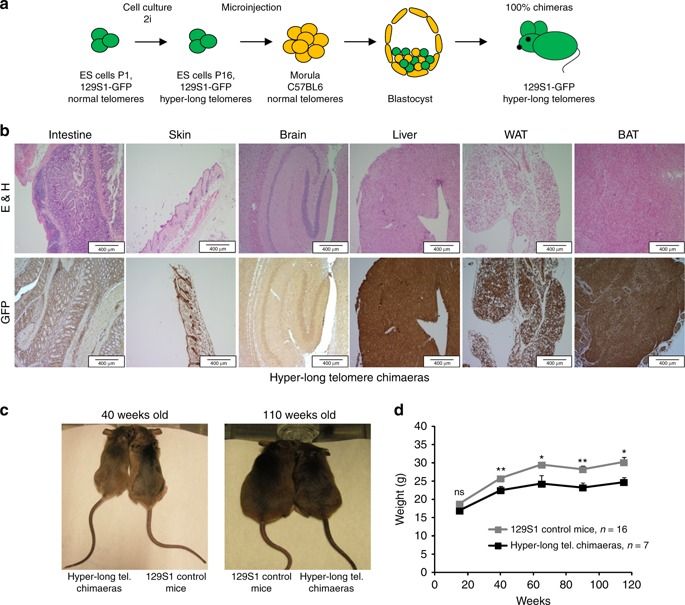
Short telomeres trigger age-related pathologies and shorter lifespans in mice and humans. In the past, we generated mouse embryonic (ES) cells with longer telomeres than normal (hyper-long telomeres) in the absence of genetic manipulations, which contributed to all mouse tissues. To address whether hyper-long telomeres have deleterious effects, we generated mice in which 100% of their cells are derived from hyper-long telomere ES cells. We observe that these mice have longer telomeres and less DNA damage with aging. Hyper-long telomere mice are lean and show low cholesterol and LDL levels, as well as improved glucose and insulin tolerance. Hyper-long telomere mice also have less incidence of cancer and an increased longevity. These findings demonstrate that longer telomeres than normal in a given species are not deleterious but instead, show beneficial effects.
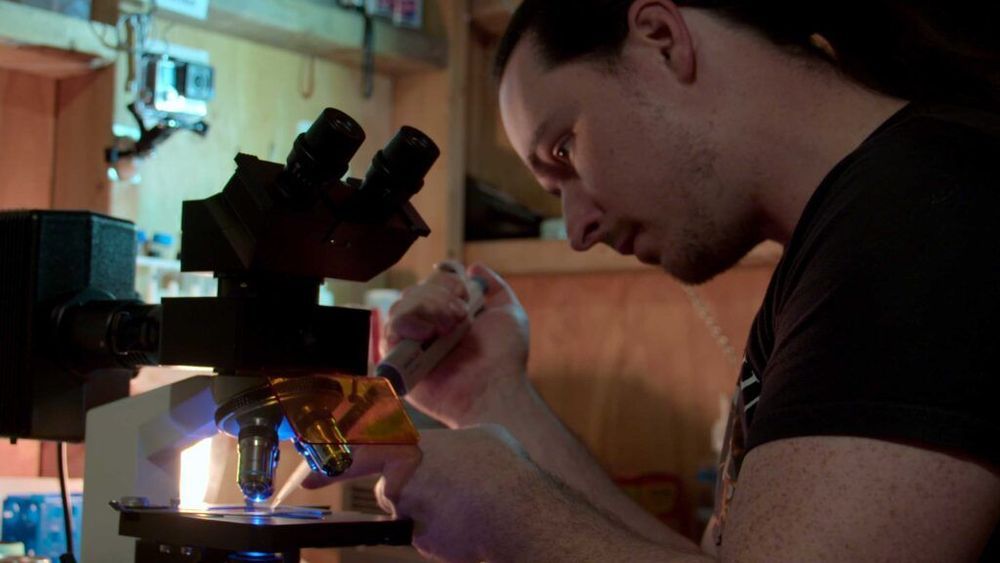
Mankind’s ability to edit the fabric of human life has led to scientific upheaval, global debate, and at least one international incident. Now, it’s coming to Netflix.
“Unnatural Selection,” a four-part docuseries debuting Friday, dissects the stories, science, and ethics behind genome editing, following academics, biohackers, and patients as they move through a brave new world made possible by technologies like CRISPR.
We recently spoke with co-directors Joe Egender and Leeor Kaufman about how the series came to be and how it frames the sprawling story of human genetic engineering. This transcript has been lightly edited for clarity.

Small proteins also promise to revise the current understanding of the genome. Many appear to be encoded in stretches of DNA—and RNA—that were not thought to help build proteins of any sort. Some researchers speculate that the short stretches of DNA could be newborn genes, on their way to evolving into larger genes that make full-size proteins. Thanks in part to small proteins, “We need to rethink what genes are,” says microbiologist and molecular biologist Gisela Storz of the National Institute of Child Health and Human Development in Bethesda, Maryland.
Tiny proteins help power muscles and provide the toxic punch to many venoms.
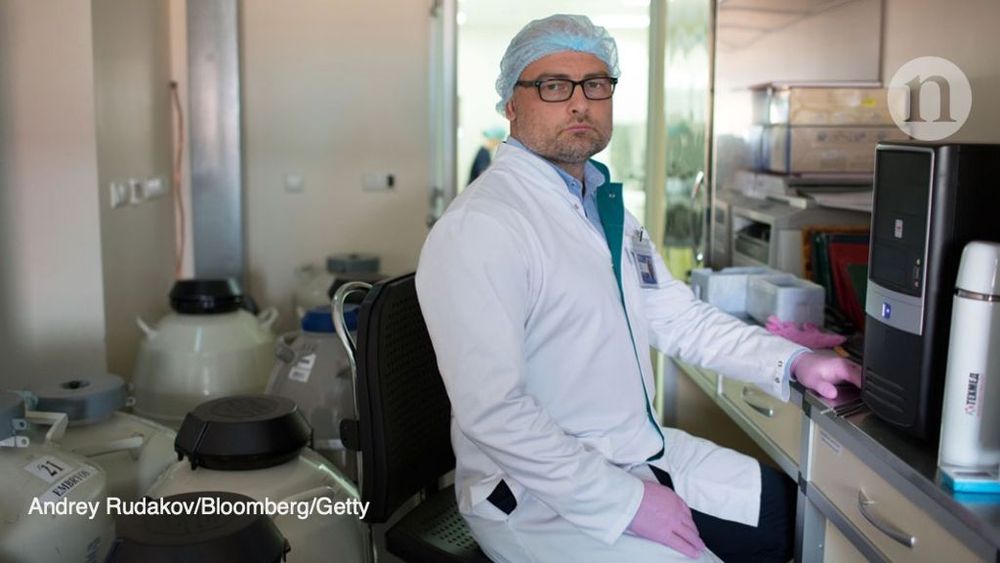
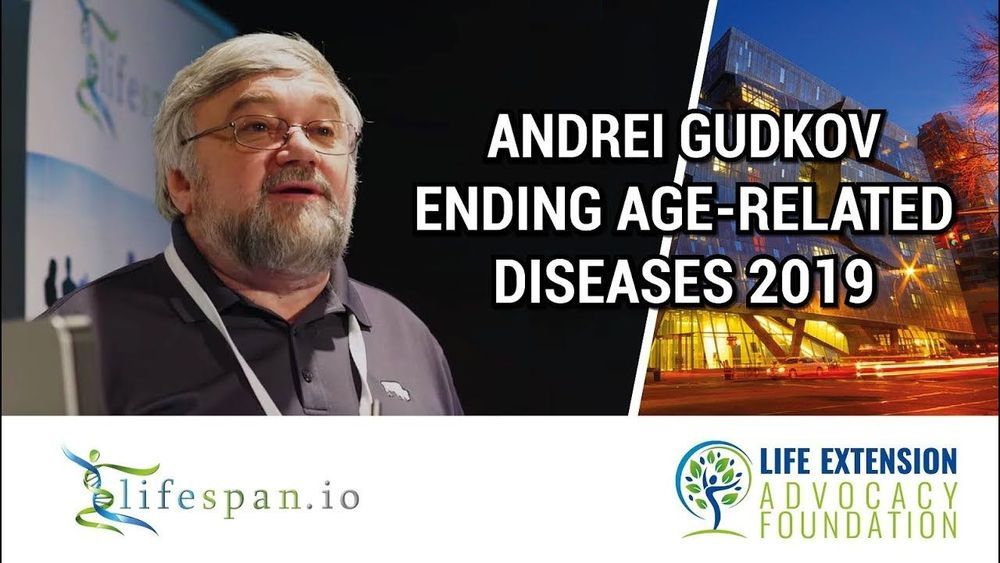
We’re continuing to release talks from Ending Age-Related Diseases 2019, our highly successful two-day conference that featured talks from leading researchers and investors, bringing them together to discuss the future of aging and rejuvenation biotechnology.
Dr. Andrei Gudkov of the Roswell Park Comprehensive Cancer Center gave a highly technical and in-depth presentation about the retrobiome, a specific subset of genetics that vary between mammalian species, as a key driver of aging. According to this model, as DNA damage accumulates, senescent cells are less efficiently disposed of by the immune system, strongly contributing to the familiar diseases of aging. He also discussed related topics, including how LINE1 (RTL1), a protein that is produced as part of the retrobiome, may be effective against cancer proliferation.

The only in-flight beverages on the 11-seat private jet were bottled water and a genetically modified bacterial slurry designed to prevent the worst effects of hangovers.
A handful of passengers on the short evening flight from Hawthorne to the edge of the Mojave — venture capitalists, a man with a mushroom-based manufacturing company and this reporter — downed the mixture. The pilot, along with two senior SpaceX engineers, politely declined.
At the Apple Valley Airport, a helicopter waited to take us beyond a far ridge, farther from civilization. Miles from paved roads were two tents, a ring of shipping containers and an “H” painted on the dirt marking a makeshift helipad.
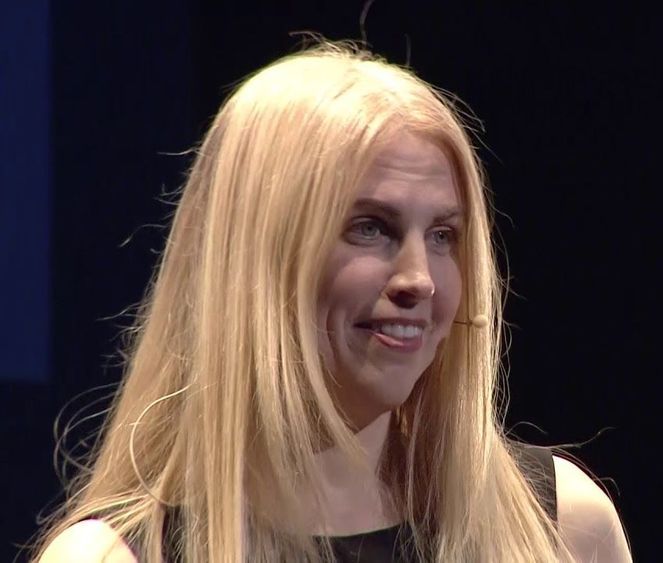
NOTE FROM TED: Please do not look to this talk for medical advice. We’ve flagged this talk, which was filmed at a TEDx event, because it appears to fall outside TEDx’s content guidelines. Gene therapy remains an emerging field of study. The speaker’s claims only reflect her personal views which are not corroborated by scientific evidence. TEDx events are independently organized by volunteers. The guidelines we give organizers are described in more detail here: http://storage.ted.com/tedx/manuals/tedx_content_guidelines.pdf
Liz Parrish is the CEO of BioViva USA Inc, a company committed to increasing health span and combatting the biggest diseases of our time, the diseases of aging. Liz’s talk introduces us to our species’ age-long battle with disease, our successes and achievements, and our new modern enemies to ultimate health. By using the evidence of what science has achieved and what model organisms can tell us about our journey forward, Liz shows us that with the right mentality we can defeat our foes and obtain the “golden sceptre of health”. With the current advances in gene therapy, we are on the brink of living very different lives with an unlimited amount of genetic choices. Did you know that your age is the risk factor in mortality? Listen to this talk and prepare yourself for the future.
This talk was given at a TEDx event using the TED conference format but independently organized by a local community.

The core of what we do at Nanalyze is to tell our readers all they need to know about investing in emerging technologies. Sometimes that story is much, much bigger, and what we’re really talking about is investing in emerging industries. NewSpace is one example, launching about 15 years ago with the emergence of companies like SpaceX and Virgin Galactic. It’s probably only within the last five years that the NewSpace industry has achieved real liftoff, with dozens of startups doing everything from offering launch services to building satellites to developing business analytics from space-based imagery. While we may one day end up living on Mars, we’re more interested in living a long and fruitful life right here on Mother Earth, despite the specter of cancer and dementia. An entire industry is coalescing around human longevity, promising to beat these age-related diseases and extend our lives to biblical proportions.
We’ve been covering the topic of life extension for more than five years, beginning with a profile on an anti-aging company called Human Longevity Inc, whose founders include billionaire serial entrepreneur Peter Diamandis and J. Craig Venter, a leading genomics expert. More recently, we introduced you to nine companies developing products in regenerative medicine, a broad category that refers to restoring the structure and function of damaged tissues or organs. We also tackled the more controversial topic of young blood transfusions earlier this year, as well as covered the 2019 IPO of Precision BioSciences (DTIL), a gene-editing company that wants to fight disease and re-engineer food.

Circa 2017
This review aims to highlight the key areas in which changes to the epigenome have played an important role in the evolution and development of our species. Firstly, there will be a brief introduction into the topic of epigenetics to outline the current understanding of the subject and inform the reader of the basic mechanisms and functions of the epigenome. This will lead on to more focussed detail on the role played by epigenetic changes in the rapid evolution of our species and emergence from our ancestor species, as well as the Human Accelerated Regions that played a role in this. The discussion highlights how epigenetics has helped and hindered our species’ development via changes to the epigenome in more modern times, discussing case examples of documented instances where it is shown that epigenetics has played a role in the evolution of humanity.